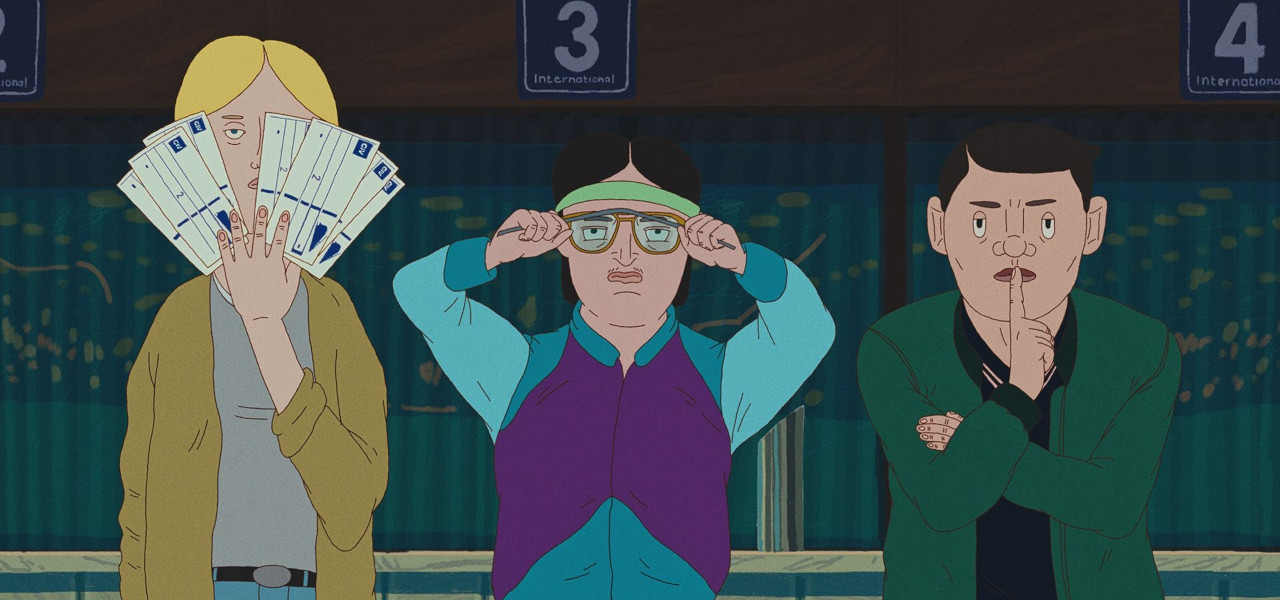

After The Fall Of The Iron Curtain, Three Young Hungarians Begin Forging European Train Tickets In The Animated Doc ‘Pelikan Blue’
Hungarian documentary Pelikan Blue debuted at last year’s Tallinn Black Nights festival and was well-received by European critics and festgoers alike. Its Letterboxd page features almost exclusively positive reviews, and Cineuropa called it “the type of film that leaves a permanent smile on the viewer’s face.”
The film will debut with preview screenings in Hungary on February 28 before a wide released on April 4 from local distributor Juno11 Distribution. International distribution hasn’t been nailed down. But this engaging under-the-radar film deserves wider recognition and to be seen by audiences abroad, whether that be through a limited theatrical run or distribution on a streaming platform.
Pelikan Blue is produced by Hungary’s Umbrella Entertainment and Cinemon Entertainment (Four Souls of Coyote) and directed by László Csáki, an independent visual artist, animator, and director recognized for his distinct chalkboard drawing style. His short films have played at international festivals such as Tallinn Black Nights and Torino, and in 2010, he won best documentary at Hungarian Film Week for his 27-minute short Bádogváros.
Csáki’s feature debut kicks off in 1990s Hungary, set against the backdrop of the post-Iron Curtain era when travel to the West of Europe became possible, although prohibitively expensive. To compensate for the cost of traveling abroad, forged train tickets became popular. The film focuses on three young men who got involved in forgery scene and facilitated the trans-European movement of a generation of Hungarians.
The Pelikan Blue story is more than a decade old and started as a comic strip drawn onto a wall at the Jurányi Gallery in Budapest. Based on true events, an early version of the story won support from the National Film Institute Incubator Program, dedicated to help young filmmakers make their first features.
Csáki narrowed the film’s narrative through an extensive development period in which he asked people to tell their stories about how their lives were affected by fake international tickets made with Pelikan’s blue carbon ink. Although many of the film’s characters are based on real people, their voices are performed by Hungarian actors.

Speaking with Cartoon Brew, Csáki explained why animation is such an appealing format for documentary storytelling, and why occasional live-action frames were included in Pelikan Blue:
Animation is an abstraction. It is an opportunity, a tool to display reality. But only the live-action recordings can reproduce the reality exactly how we see and know it because the live-action recording is a photographic image. These scenes strengthen the documentary character of the animated film. These scenes are windows to reality and balance the animation with the document.
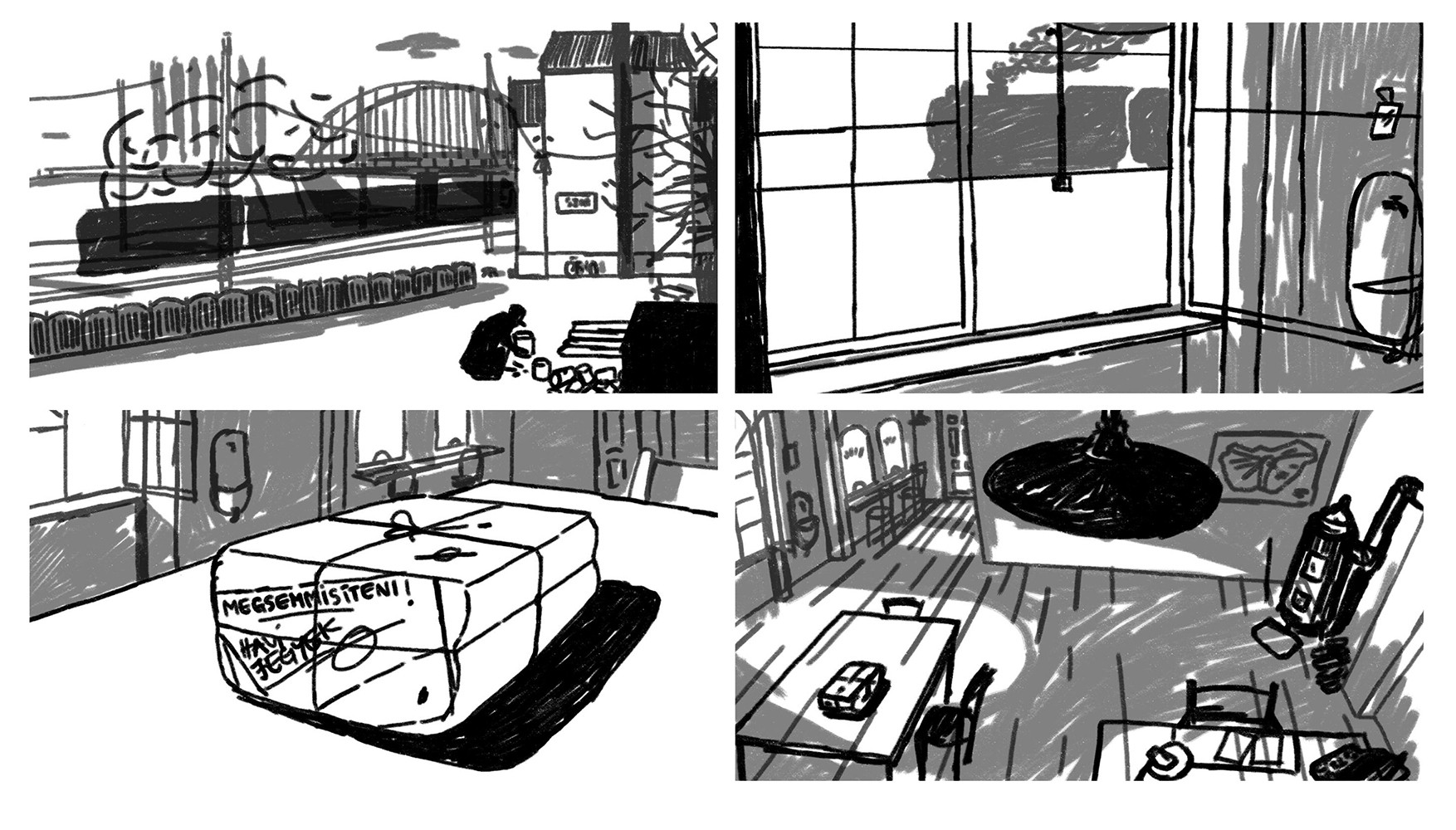
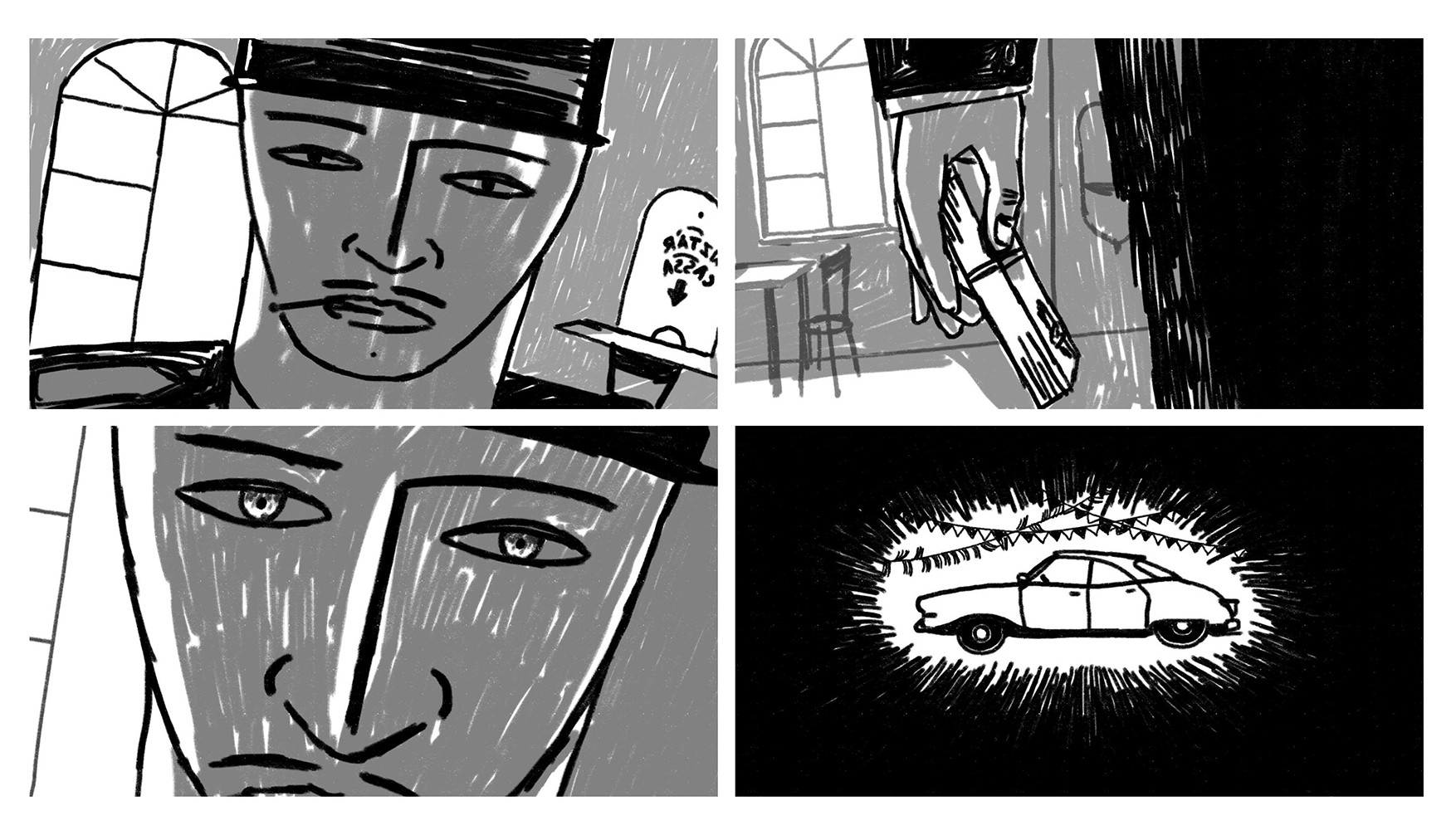
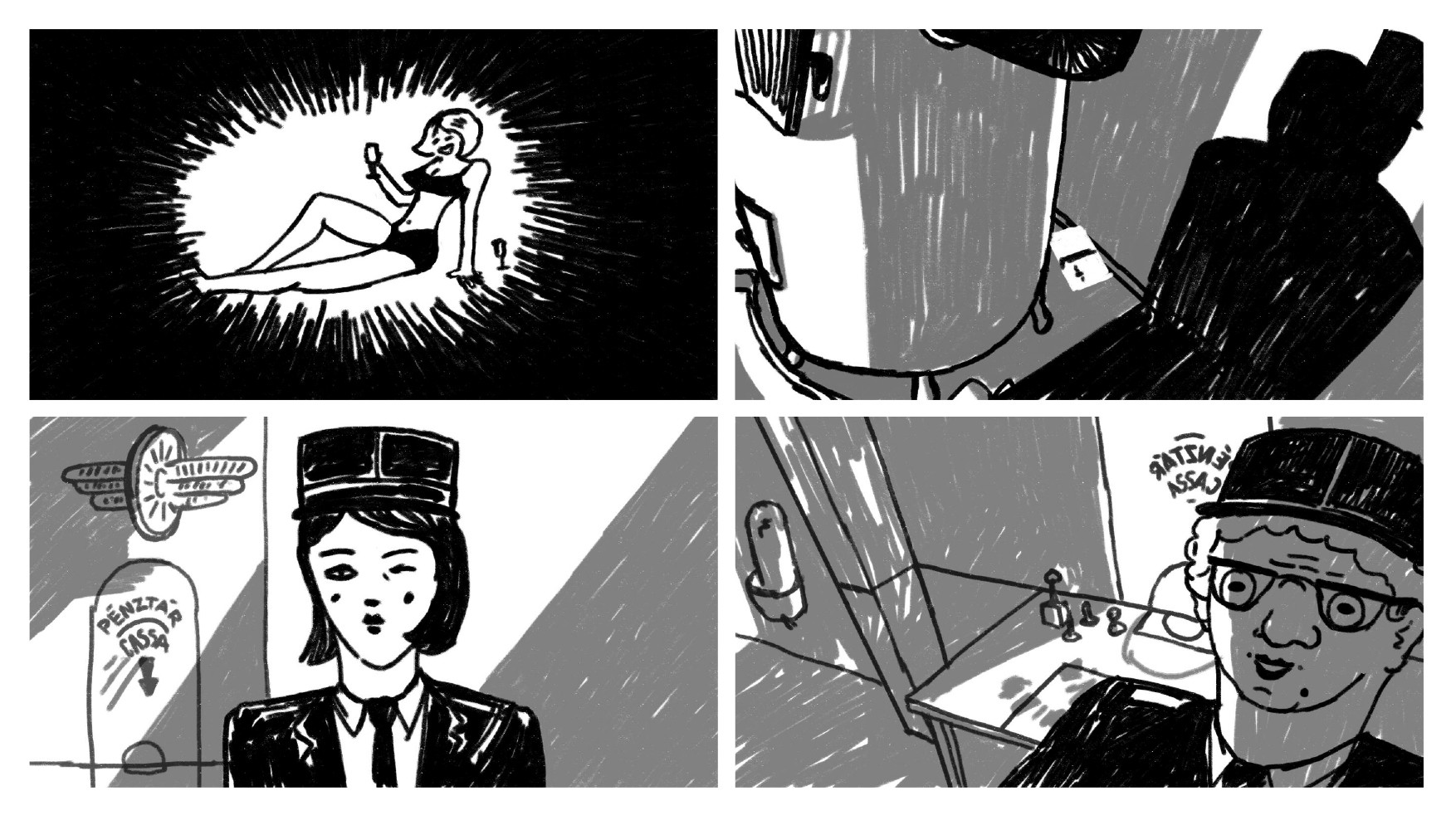
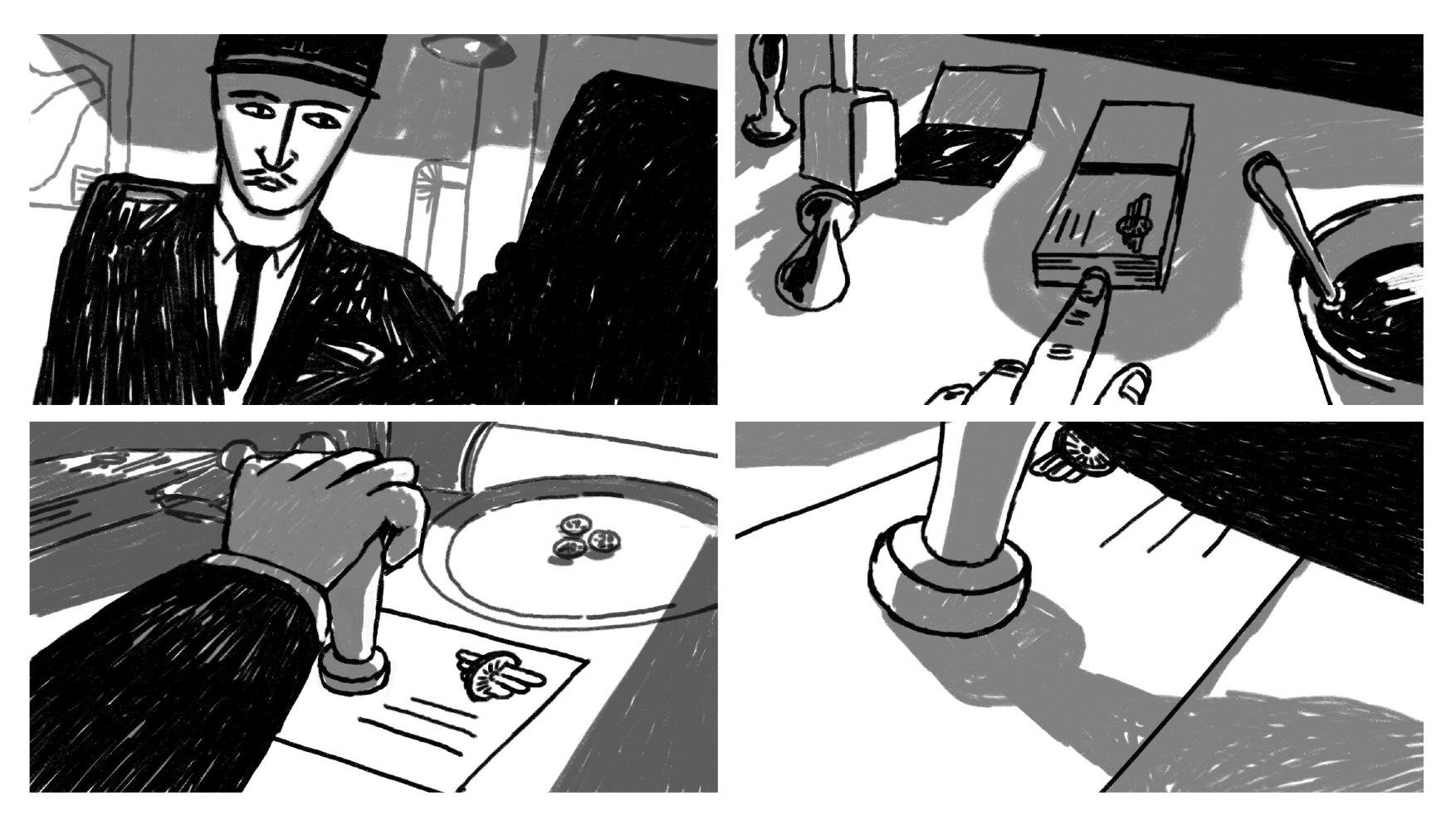
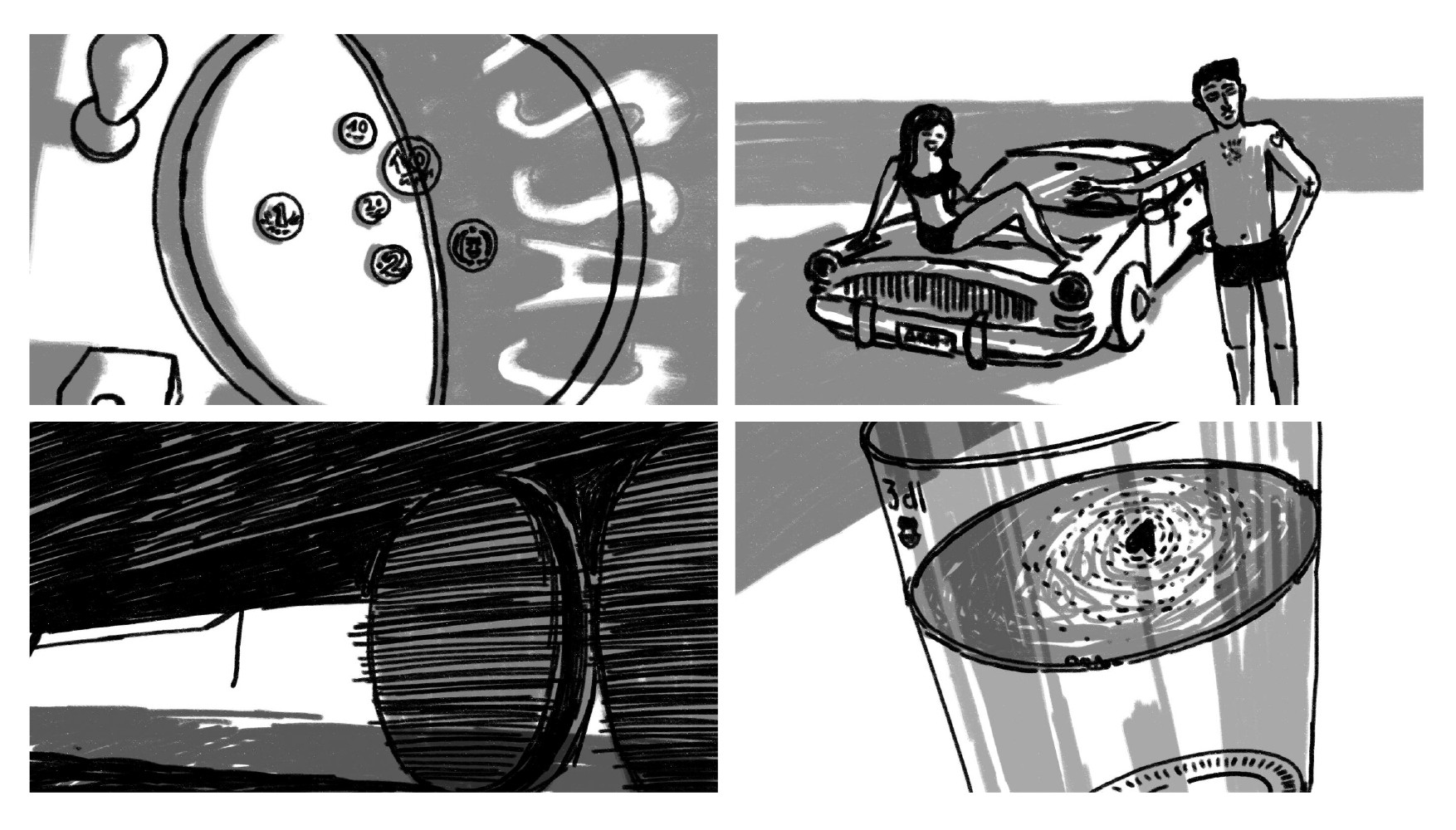
Csáki said that although making a documentary relies heavily on working with historical assets and pre-recorded interviews, much of the development and production processes work the same as they would on a fiction feature.
The storyboarding process is not different when directing an animated documentary film. Image cropping and viewpoints should be designed in the same way. Even in the case of a documentary, the edited dialog and interviews must be prepared in advance, and the storyboard drawings are prepared for this cut sound.
Although the film is heavily influenced by aesthetics and anecdotes from the 1990s, Csáki and his team didn’t use archival film when animating the film. Instead, they shot the scenes themselves and worked from that footage.
We shot the live-action scenes for the animation, so we didn’t use archival footage. We recorded the scenes using old-school technology with a Super 8mm camera, on film raw material, so it was exactly as if it was made in the 1990s. It is very fortunate that this old technique can still be used and that the Kodak company produces film raw material for it. These live-action shots are small windows into reality within the animation. In these scenes, the actual objects and devices of the time appear. This strengthens the documentary effect of the film.
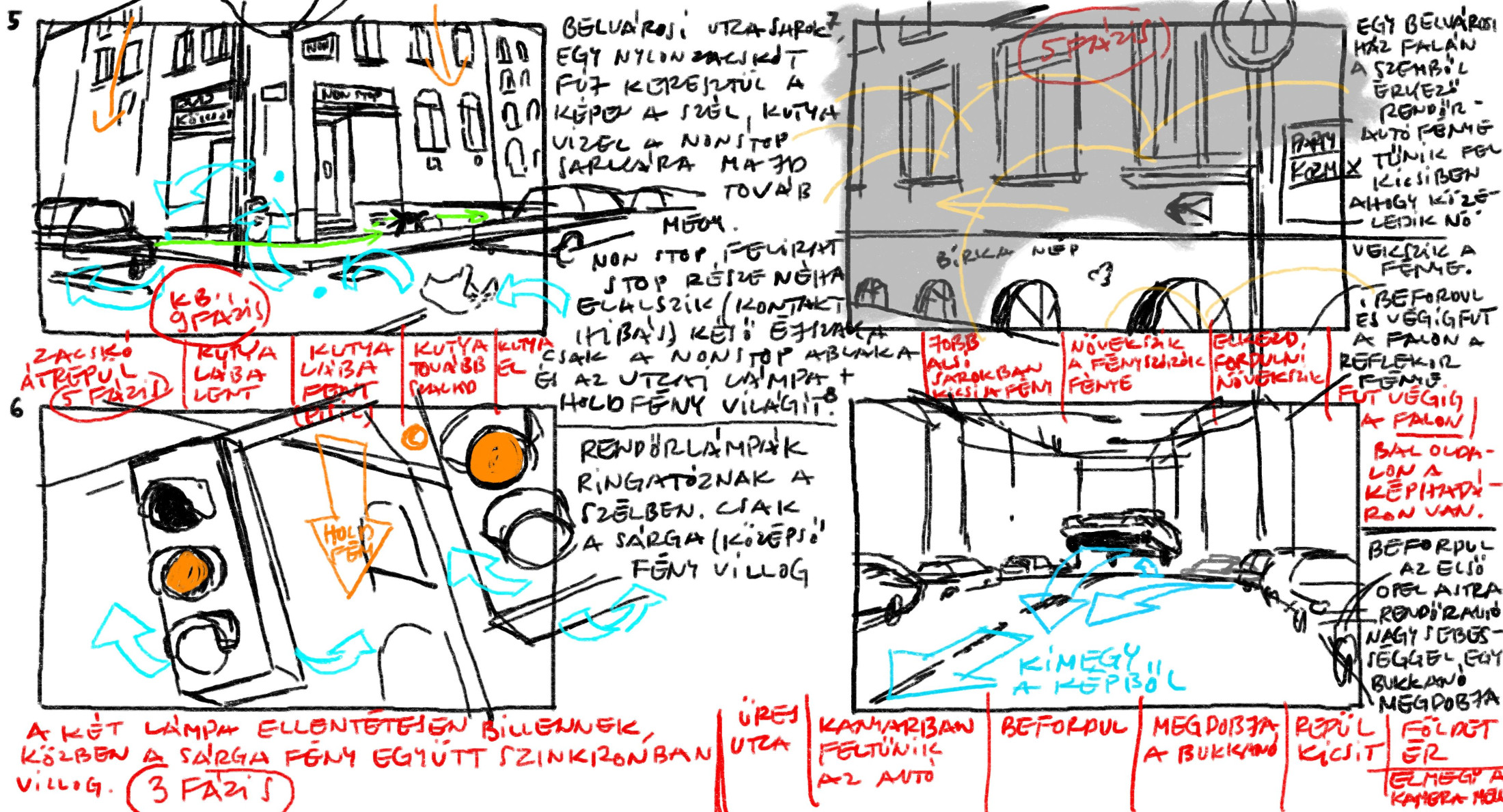
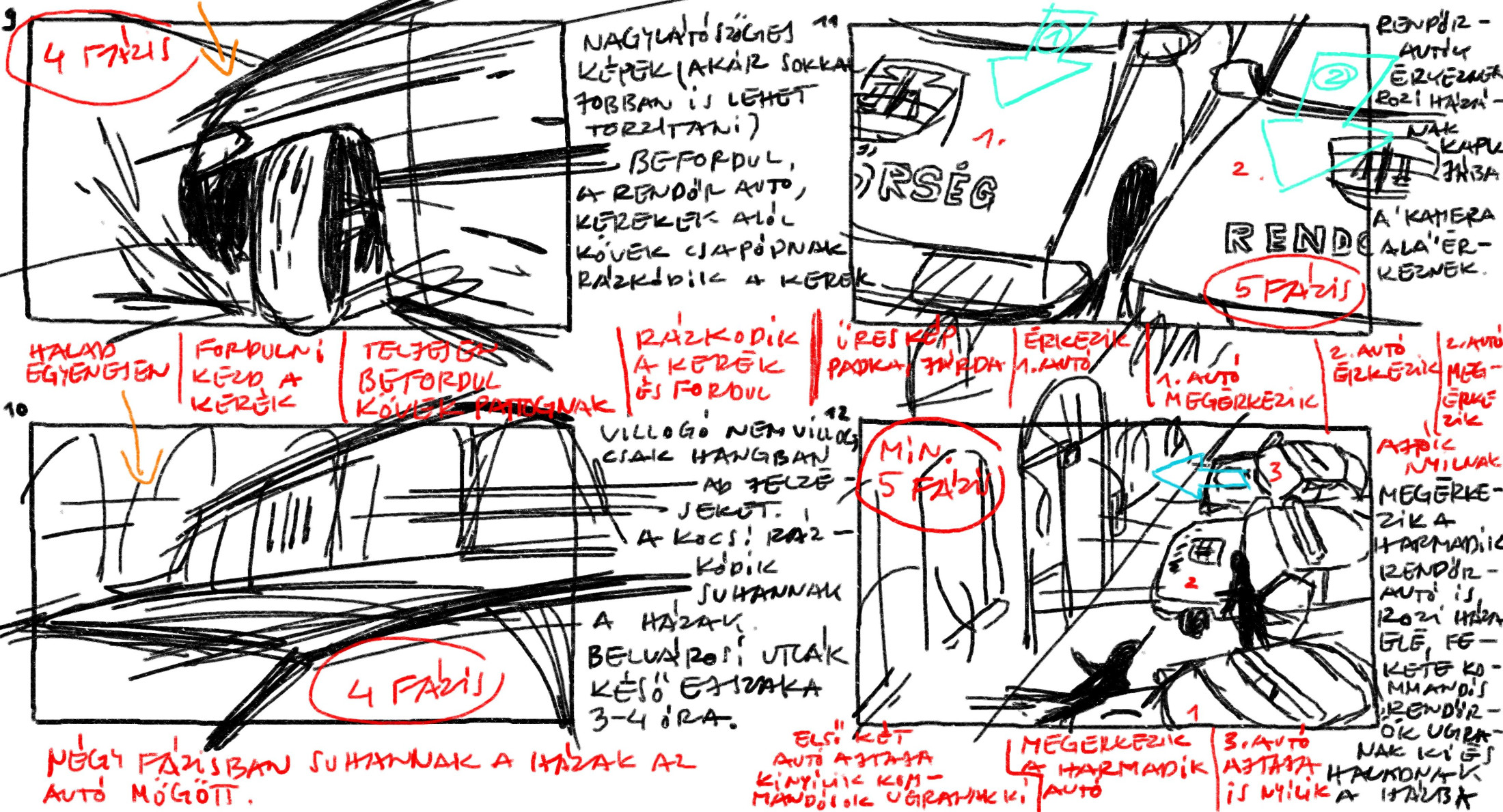
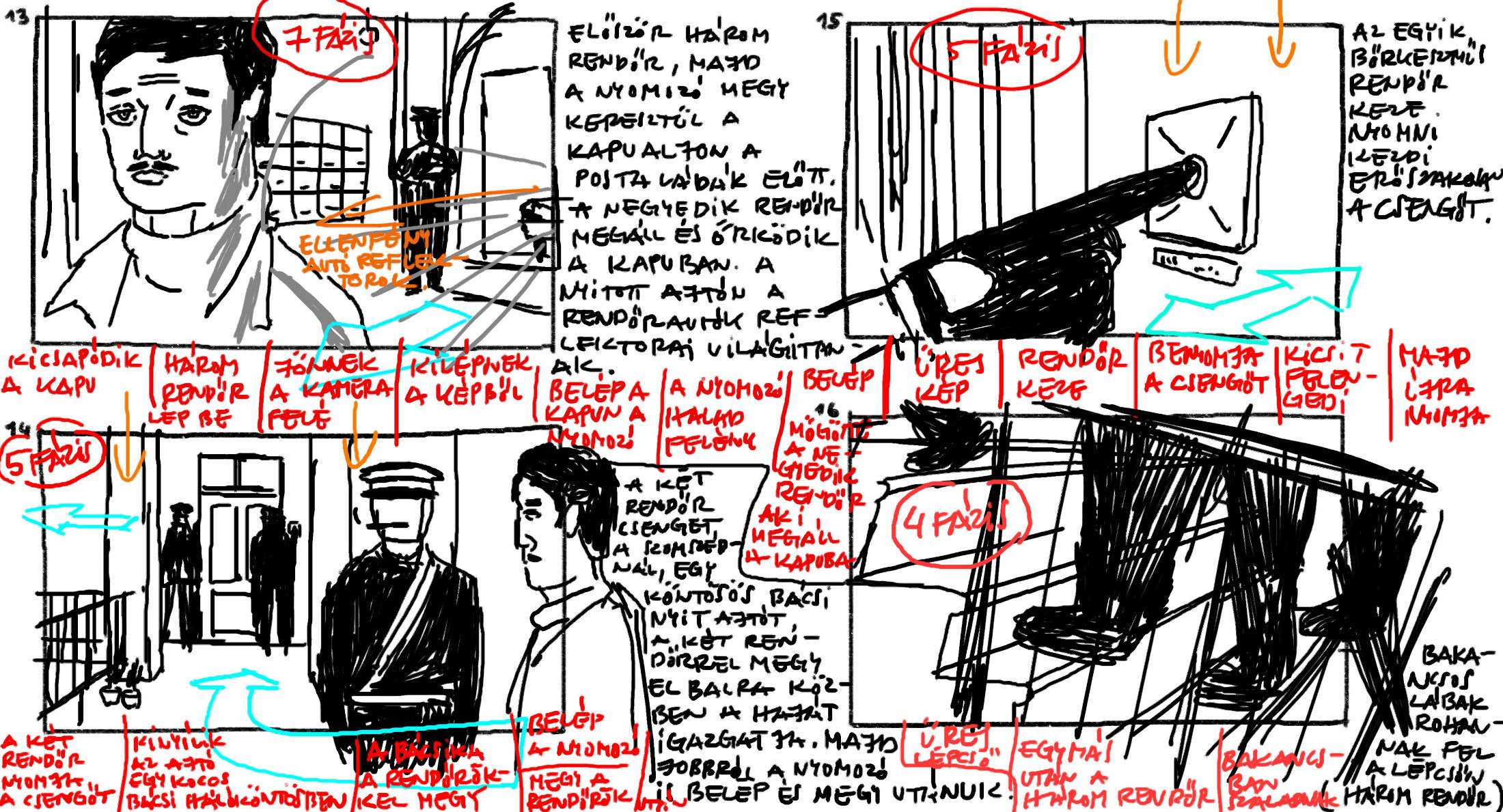
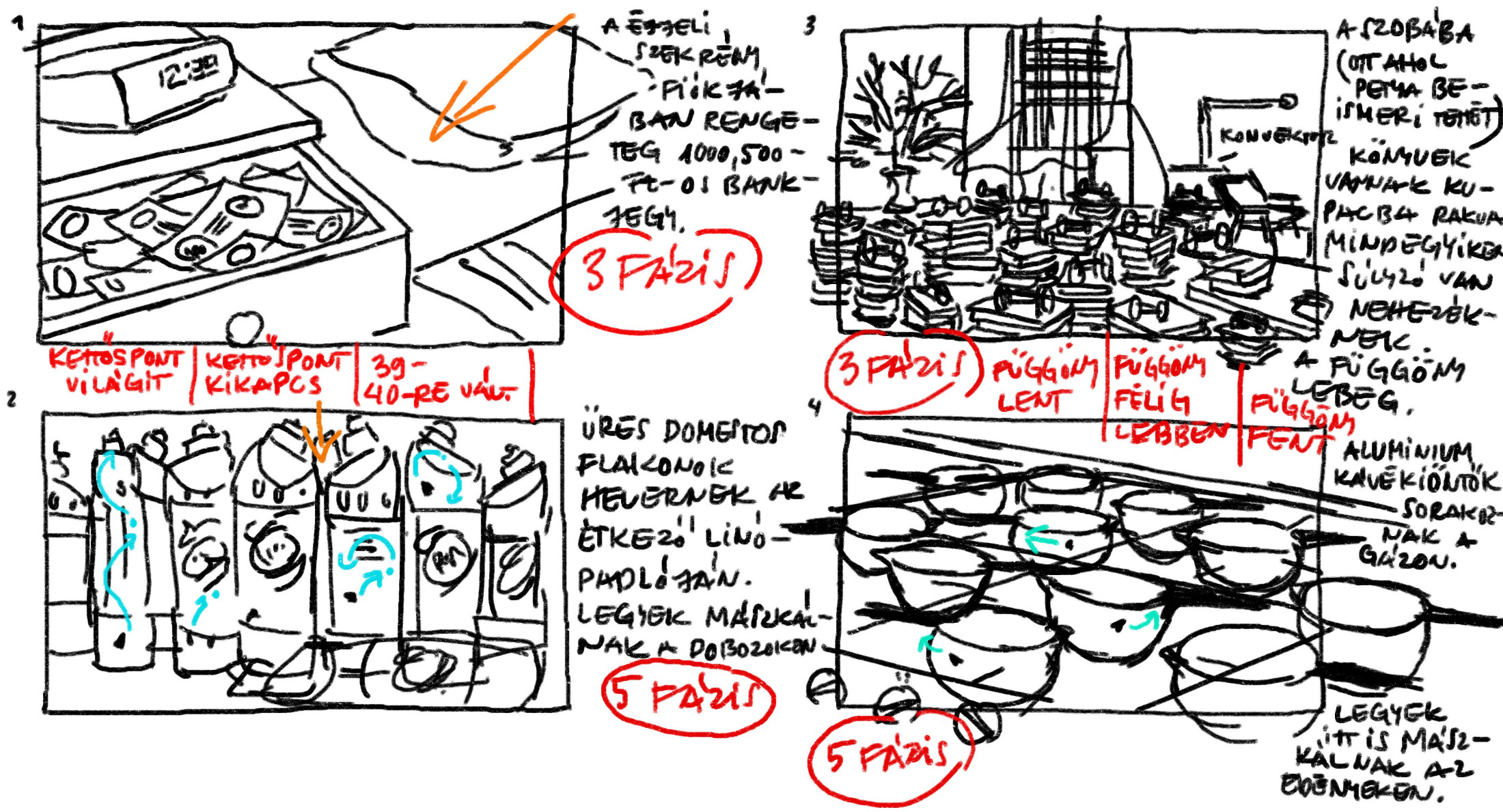
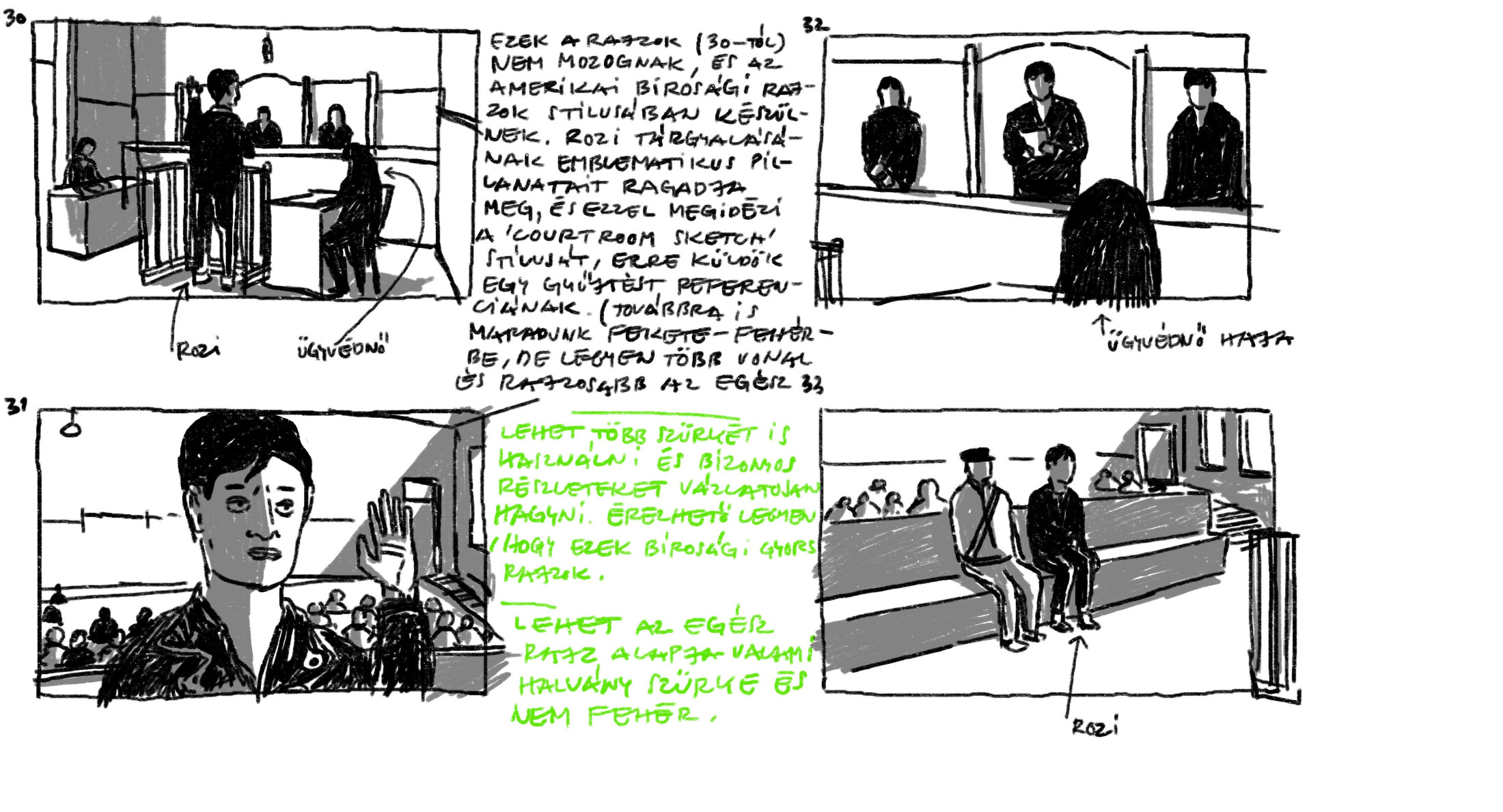
Credits
Director: Laszló Csaki
Screenwriter: Laszló Csaki
Cast: Olivér Börcsök, Judit Csoma, Gabor Csöre, Zoltan Kalmanchelyi, Miklós Kapacsy
Producer: Adam Felszeghy, Miklós Kazmér
Co-producer: Réka Temple
DoP: Arpad Horvath
Editor: Daniel Szabó
Composer: Ambrus Tövishazi, Miklós Preiszner
Production: Umbrella, Cinemon Entertainment

